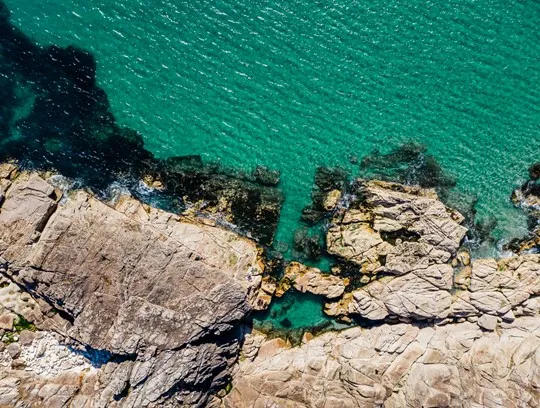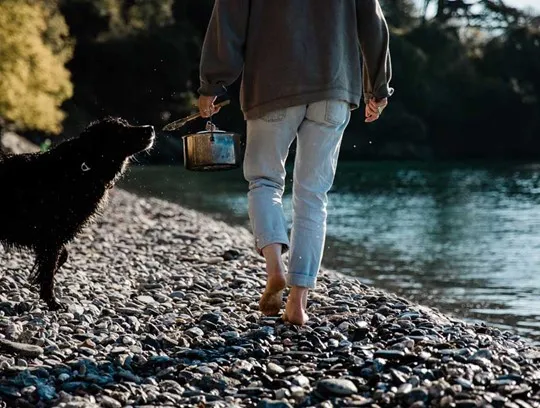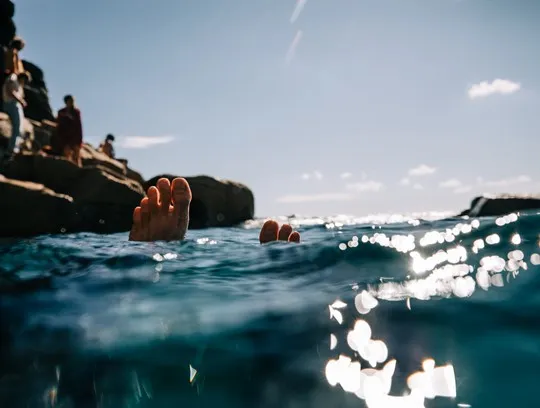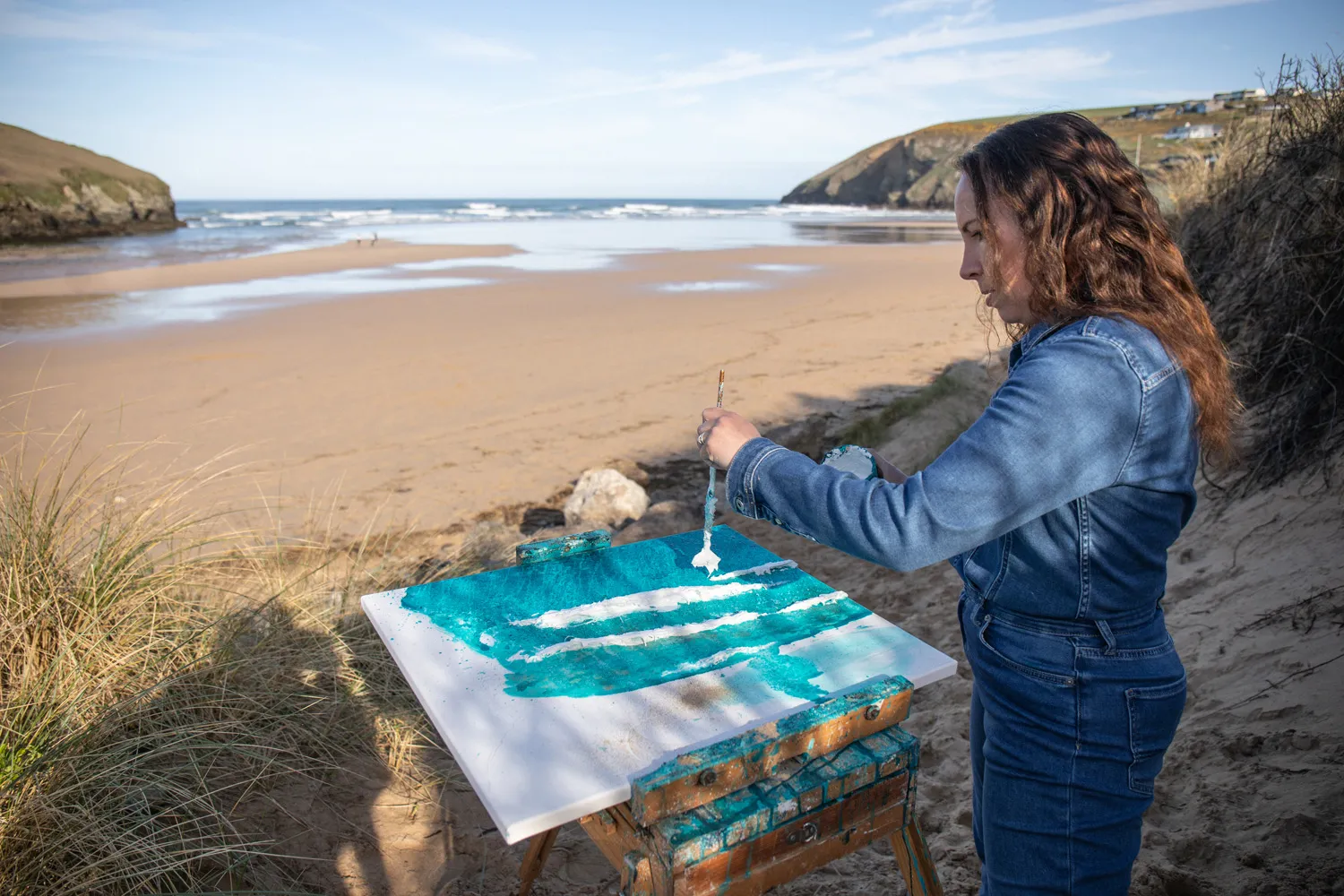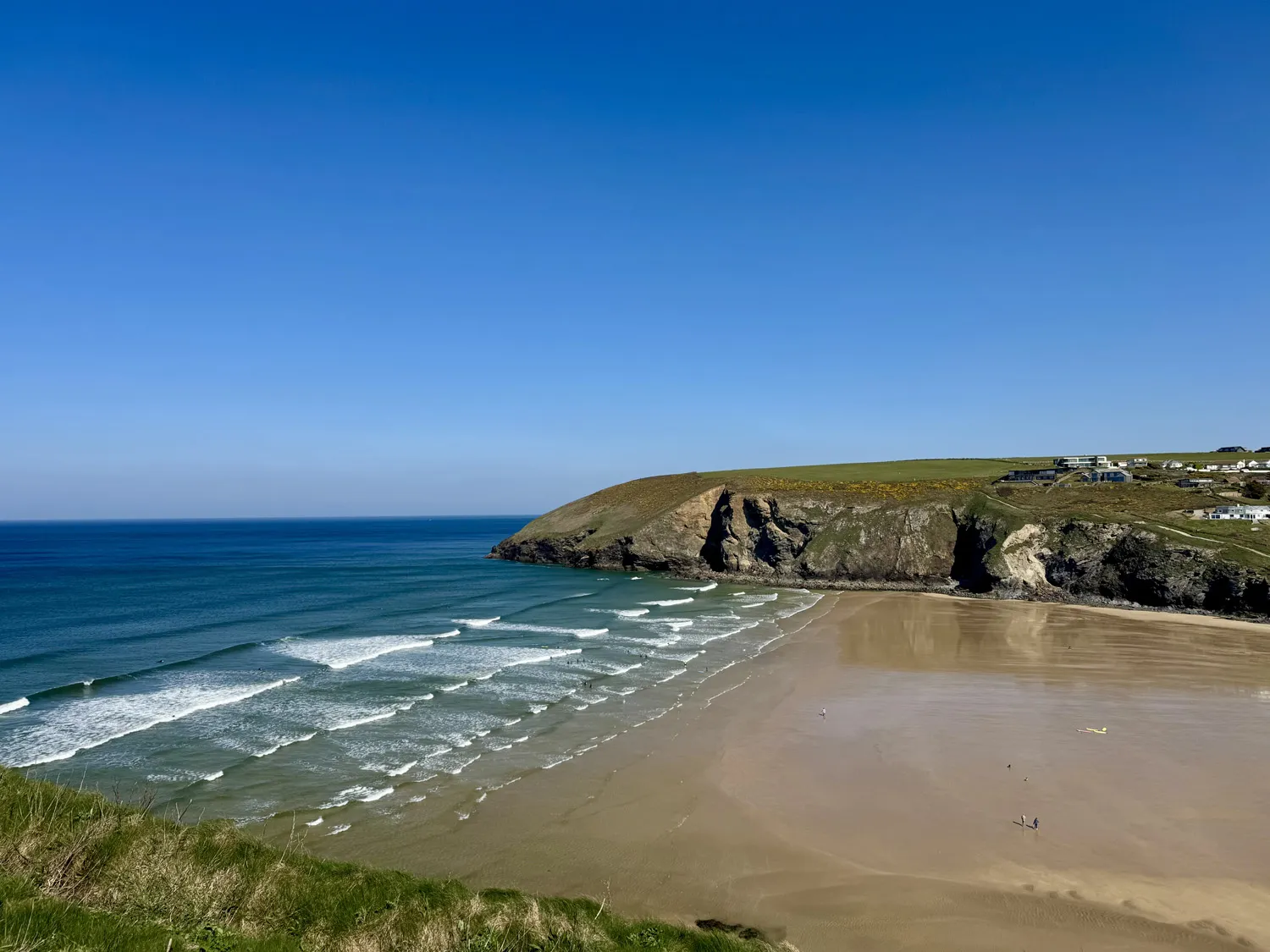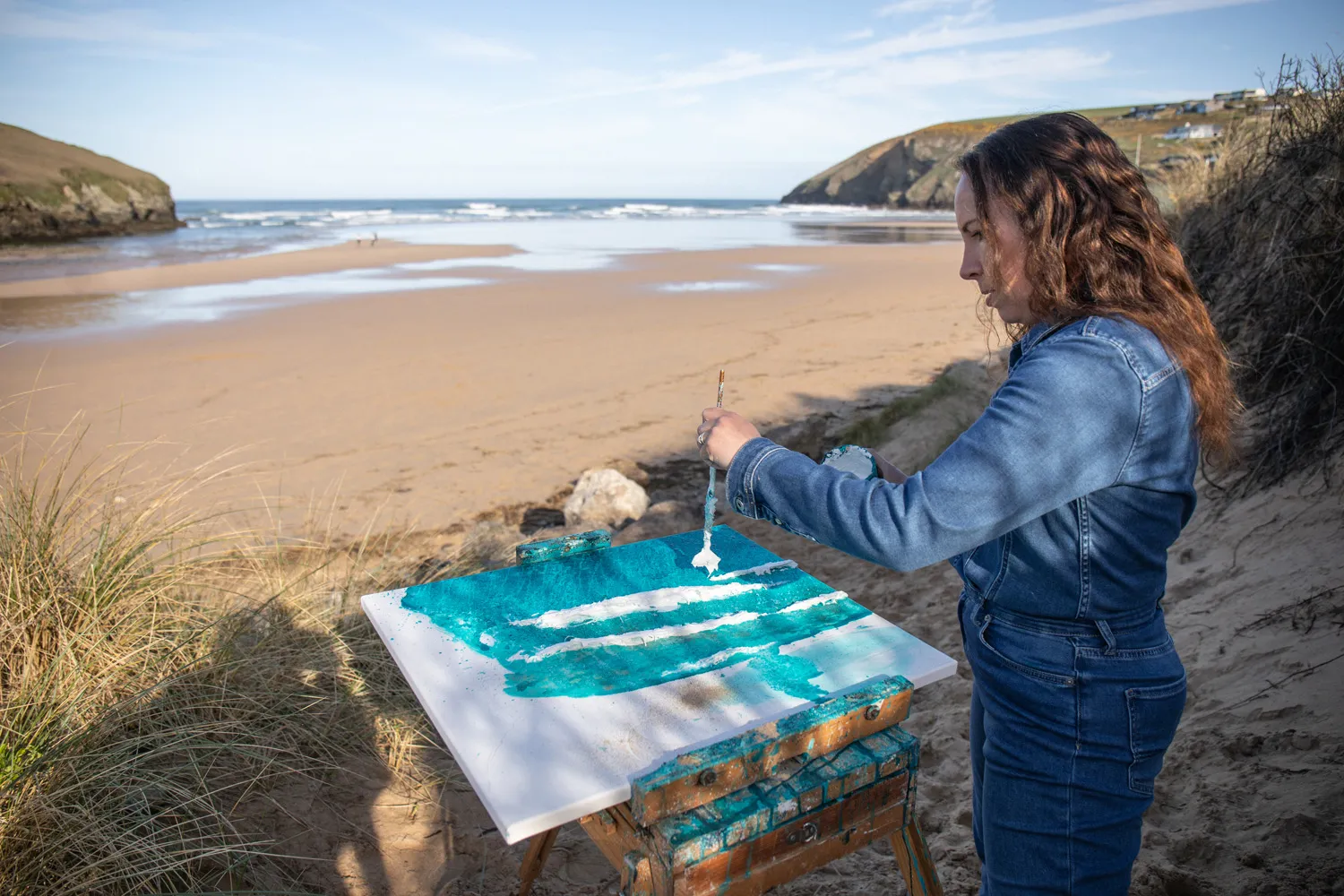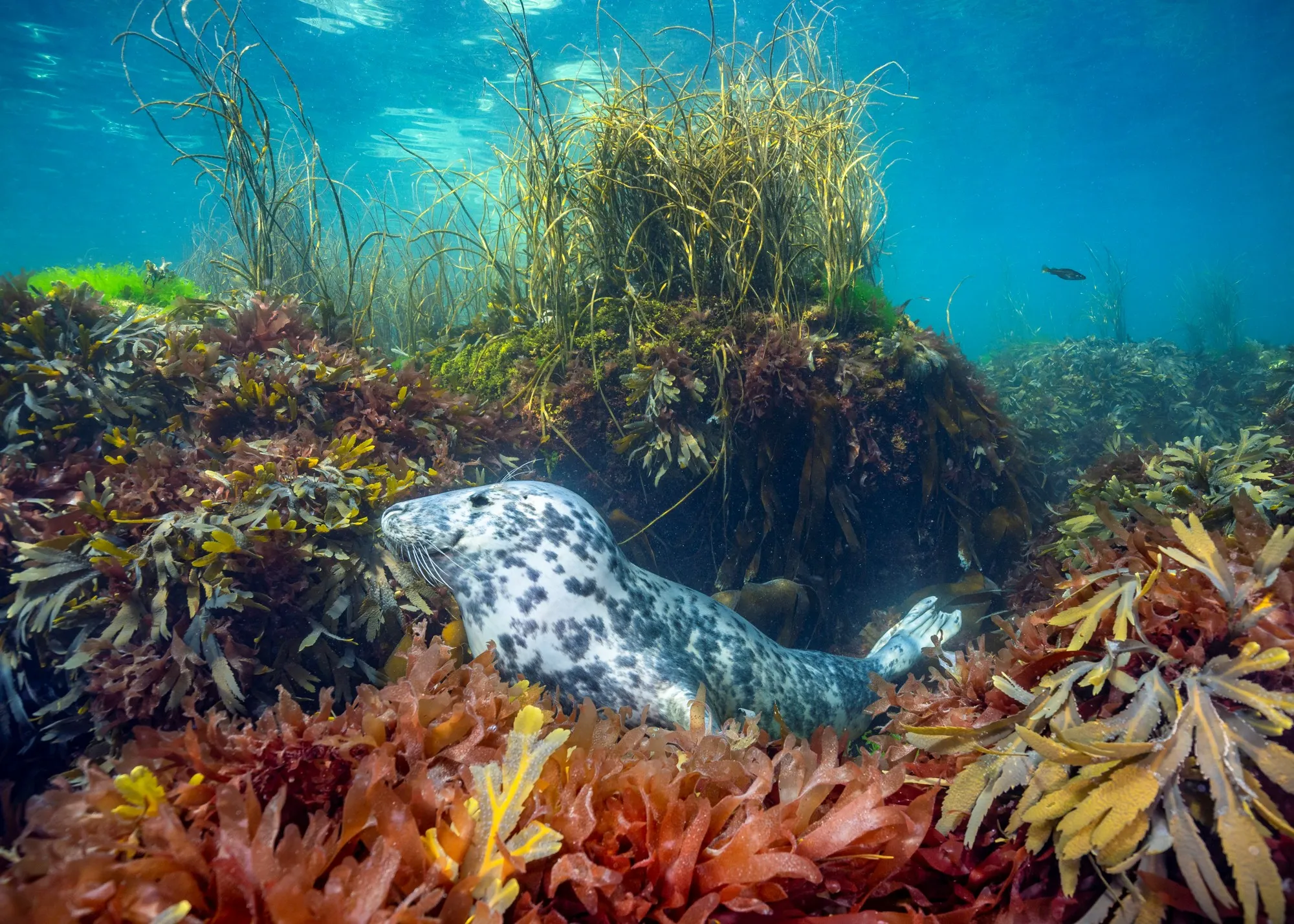Home / Weather windows
WEATHER WINDOWS
Sifting warm sand between fingers and toes, clear blue seas sparkling in the sun. The best beach days are spent in the sunshine, but the weather often waxes and wanes along the coast, so being ready to grasp the best weather each day helps make the most of a family beach holiday…
When there’s a gleaming ball of sunshine suspended in a bold blue sky, barely a ripple on the water and the little ones are pootling contentedly in the sand, it’s hard to find a better holiday destination than the Cornish coast.
But, while magical beach locations may be bountiful, one thing we can’t always guarantee is the weather.
Want to stay in a luxury holiday house with a view of the sea? Check out our cottages with sea views.
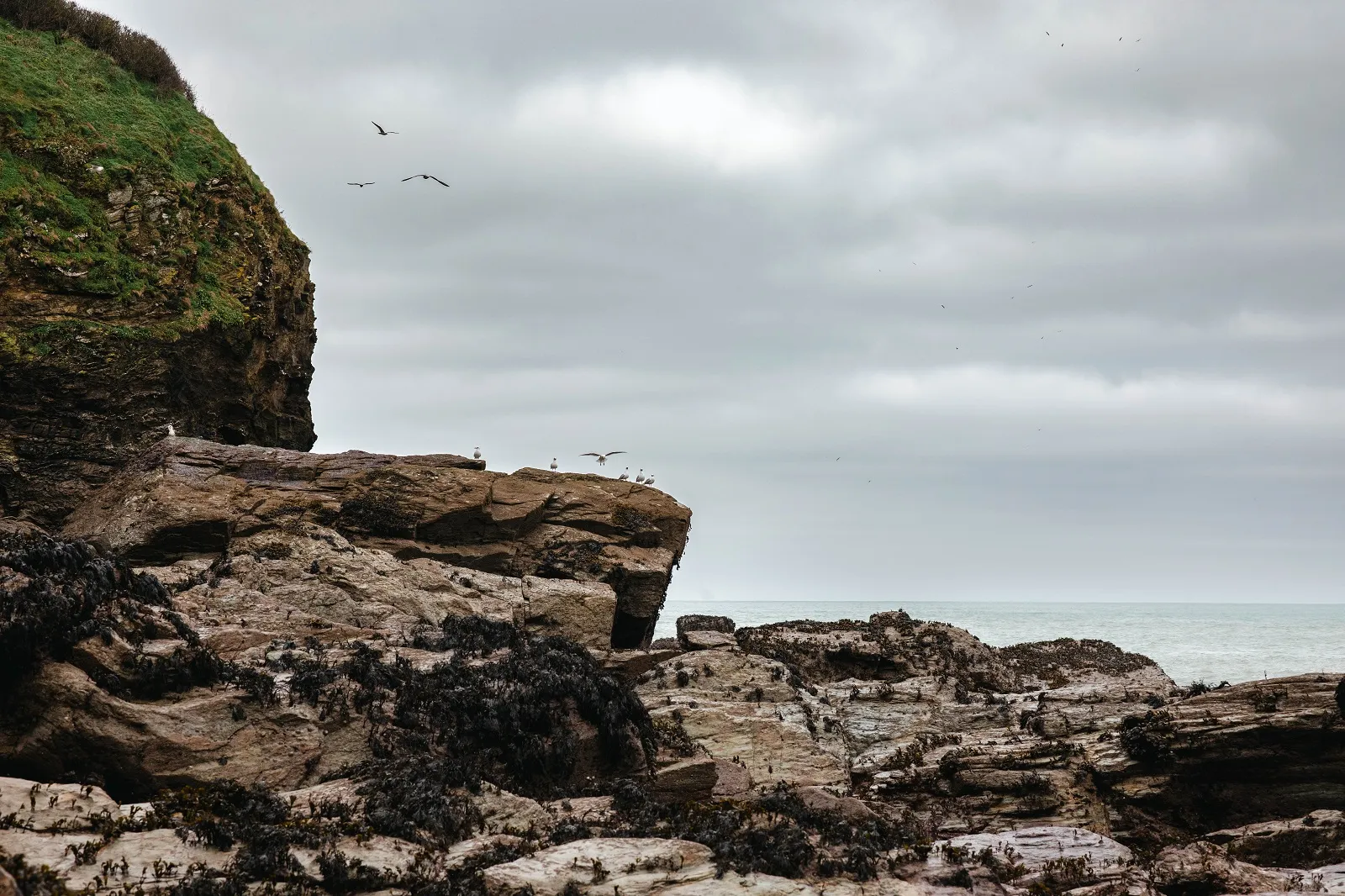
As a cluster of islands in the Atlantic Ocean where polar and tropical air masses collide, the UK’s weather is notoriously unpredictable and fast-moving. A balmy sunny morning can quickly give way to a soggy afternoon.
With this rolling weather, waterproofs and woolly jumpers should be packed alongside swimsuits and sandals. But staying footsteps from the beach with the ideal conditions for your favourite activities – and tuning your senses into the natural world outside your door – helps you make the most of anytime spent by the sea.
RUMMAGE IN ROCK POOLS
Firstly, familiarise yourself with local tide timetables. When the sun is shining beaches can fill-up, so on a low tide it’s wise to set down your beach bags, rug and windbreak above the high water line so there’s no frantic jostling for space as the tides comes in.

Along the Cornish coast there’s two high tides and two low tides every day, and these move on by roughly one hour each day. Spring tides occur twice a month during the new and full moon, making the tide higher and lower than normal.
Low spring tides are the best time to go seeking for crabs, anemones and other sea life in rock pools as more of the shoreline is exposed. Porth on the north coast and Gyllyngvase near Falmouth are two of many excellent Cornish beaches for a rummage under the rocks.
“FIRST TIME PADDLERS WILL APPRECIATE THE SHELTERED HAVENS OF CARBIS BAY AND CAWSAND WHERE THEY CAN BUILD THEIR CONFIDENCE BEFORE VENTURING FURTHER ALONG THE COAST.”
Tides can turn quickly, with water coming in fast, taking diligent rock-poolers by surprise, while an incoming tide helps with the paddling in for paddleboarders, surfer and kayakers alike.
WIND ON THE WATER
Wind direction is another thing to take note of before you plunge into the ocean with carefree abandon. A breeze-free day makes for ideal paddleboard conditions. If there’s an offshore wind blowing, your body effectively acts as a sail when you stand up, meaning you’re more likely to drift off course. An onshore wind, on the other hand, will nudge you back towards the shore.
The South Cornwall coast is peppered with perfect paddleboarding beaches, and the water tends to be calmer than on the more exposed Atlantic north coast.
First time paddlers will appreciate sheltered havens that can be found on either coast, like Carbis Bay near St Ives and Cawsand in the south east. These are great locations to build confidence before venturing further along the coast.
“SCAMPER BACK TO THE COMFORT OF YOUR BEACH RETREAT WITH A WARMING HAUL OF FISH AND CHIPS AND WAIT FOR THE WEATHER TO PASS.”
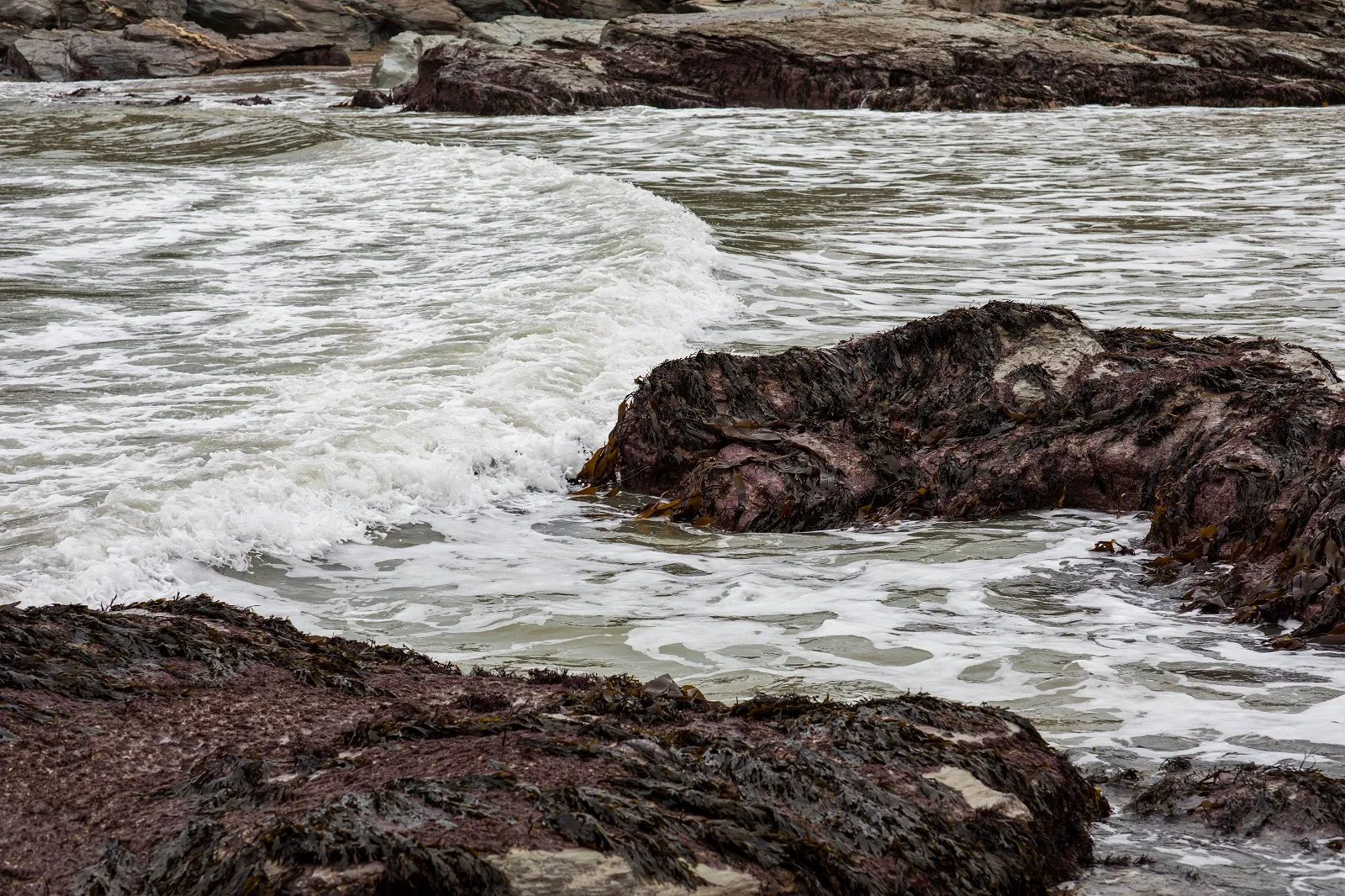
SURF’S UP!
Aspiring surfers, meanwhile, should look for a light offshore wind (where the wind is blowing from the land out to sea), preferably on a rising tide. This creates a clean face to the wave, rather than the mushy, messy white water you tend to get if the wind is blowing onshore.
Book in for lessons at a popular surf spot like Widemouth Bay, Watergate Bay or Newquay, where you can safely perfect your pop-up under the watchful eye of an instructor.
SETTLE BACK IN THE SAND
Building sandcastles and splashing around in the shallows are what precious family memories are made of, and most of the main beaches in Cornwall are patrolled by the RNLI.
Paddle between the red and yellow flags as this will be the safest stretch of water and ensures you won’t get caught in strong currents or rip tides. While the pink flamingo and dinosaur-shaped inflatables may be appealing, particularly to young ones, leave them at home as they can easily be whipped out to sea on a breezy day.
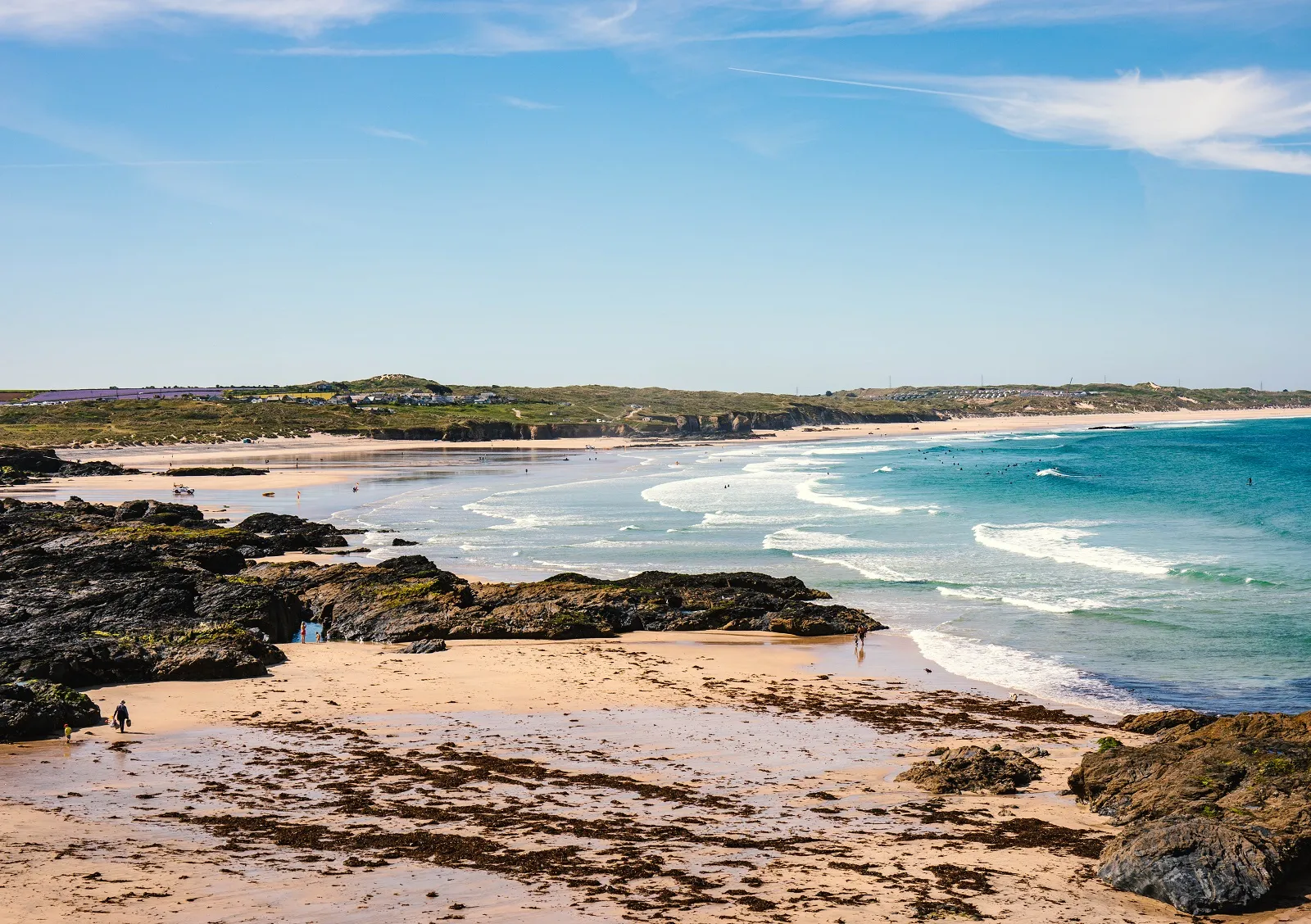
After you’ve made the most of the sand and surf, if gloomy clouds do suddenly cloak the sky and the rain starts to fall, don’t feel disheartened. Scamper back to the comfort of your beach retreat with a warming haul of fish and chips and wait for the weather to pass.
Check out our blog on our favourite holiday properties to storm-watch.
Or, if it’s late in the day, look to the sunset. The old adage “red sky at night, sailor’s delight” often rings true. Clear skies in the west mean a warmer weather front is on its way and chances are the sun will be shining again tomorrow.
With retreats along the Cornish coast, just a walk from #doortoshore, there’s nowhere better to enjoy the seaside weather windows…
